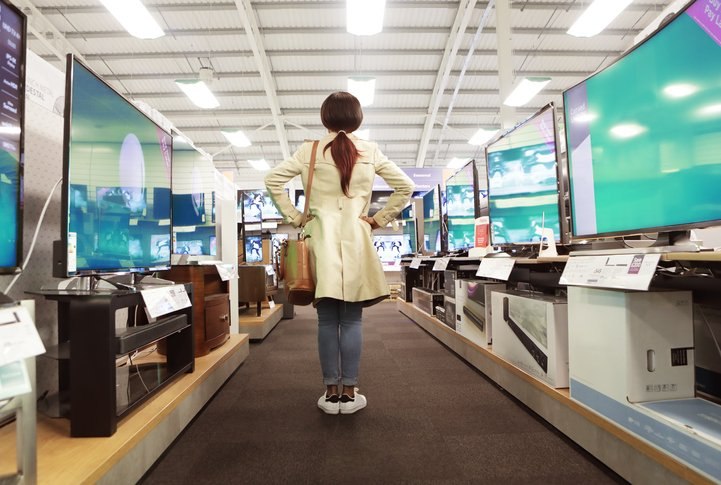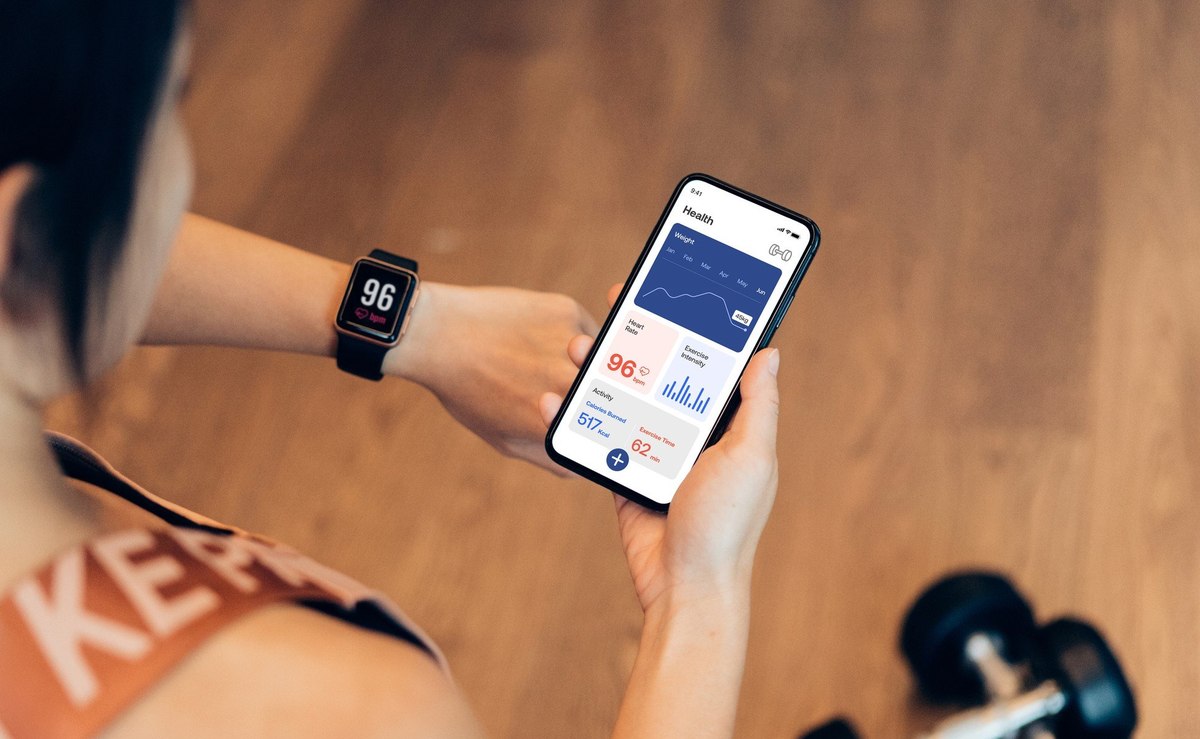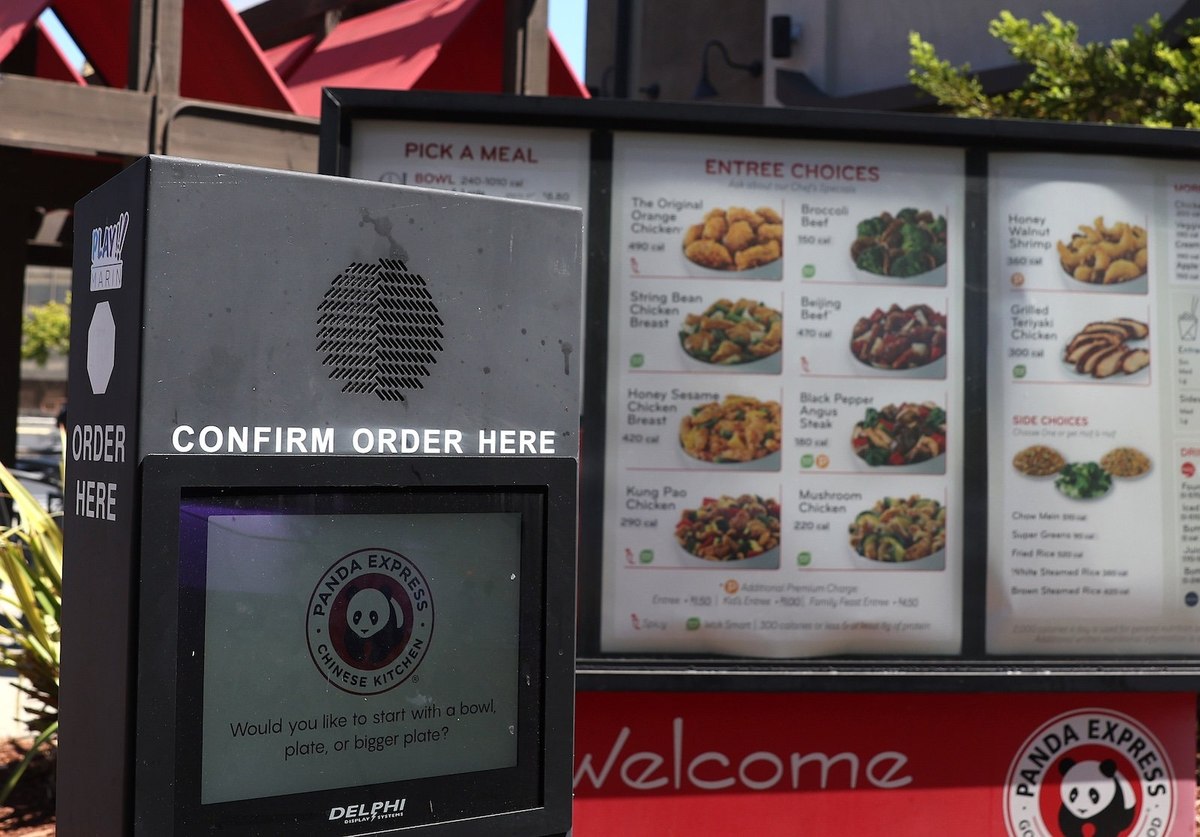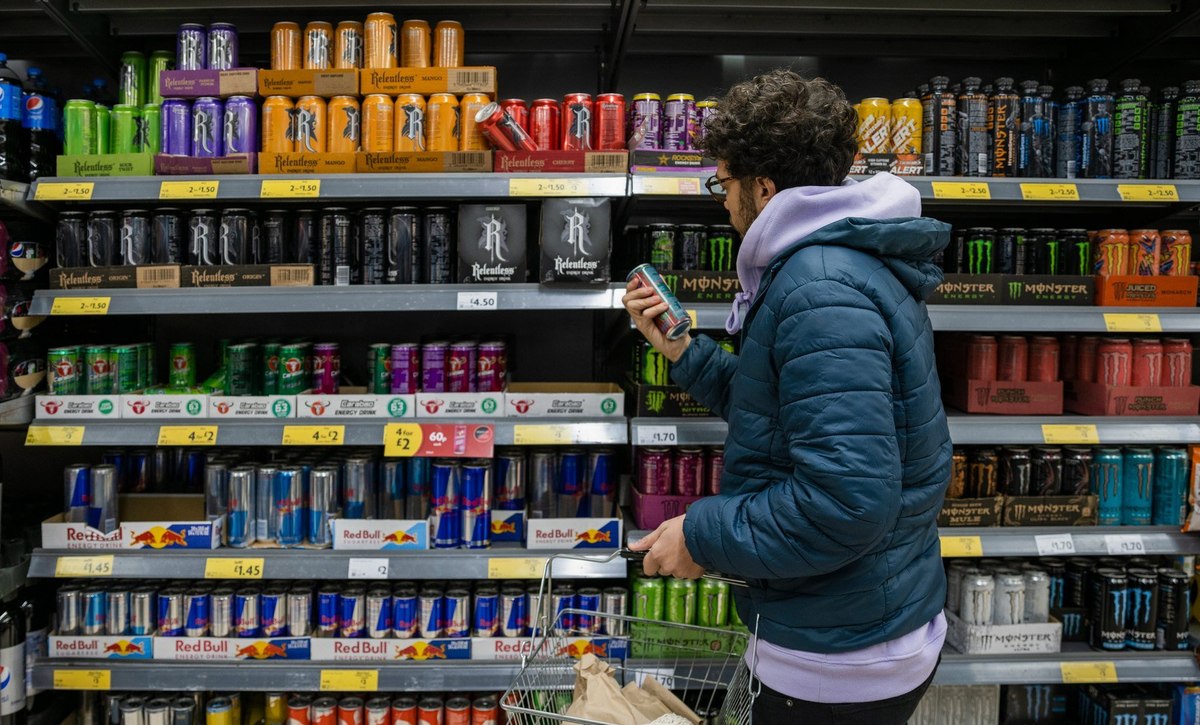
Is VR finally breaking through? Video games and movie-watching are the most appealing activities
A YouGov study last year had revealed that the consideration for various VR-activities, such as playing video games and attending life performances, had declined. This year the trend has reversed, with appetite for many activities in VR showing signs of growth.
Globally, across 18 diverse markets, video games maintained their position as the most popular VR activity consumers would consider doing, at 37% (up 7 percentage points since last year). The idea of watching movies on VR has also gathered significant steam, rising seven percentage points to 36%.
The appetite for attending live performances and concerts has also risen noticeably to 28% from 22% a year ago. Over a fifth of consumers also fancy the idea of using VR for sports viewing (23%, up from 20%) and shopping (22%, up from 19%).
It is worth noting that while the scores for most activities have risen relative to last year, they are more in line with rates that were recorded in March 2021. Even so, this demonstrates a strong boom in the potential adoption of VR technology that is arguably yet to fully mature.
The absolute shares as well as the rate of difference from last year differ quite significantly from market to market for each activity type. For instance, the share of Australians saying they would be interested to play video games on VR has jumped from 25% to 37%, but the uplift is more modest in Poland – from 24% to 27%.
Overall, Indonesians show the highest appetite for VR video games (59%, up from 47%). When it comes to watching sports, India leads the pack, with nearly two-fifths of consumers (37%) showing an interest. While shares are markedly lower in markets like the Australia (25%, up from 18%), US (17%, up from 12%), Britain (17%, up from 13%) and Denmark (21%, up from 11%), there has been a significant uptick in rates over the course of 12 months.
China has the highest share of consumers interested in attending live performances (such as concerts) using VR headsets (36%, up from 34%). Among European markets, France leads the pack with nearly a third of consumers (31%) there saying they would be interested compared to only a fifth who said so in April 2022 (20%).
VR movie-watching is particularly likely to be cosidered among consumers in the two Asian powerhouses – China (55%, up from 45%) and India (56%, up from 50%). Appetite for watching movies on VR isn’t quite as high in Europe. For instance, only a fifth of Germans (19%, up from 14%) and a quarter of Brits (26%, up from 15%) say they would be interested, but shares have risen sharply.
The category of shopping using VR throws up some of the most intriguing results. While India tops the charts again, there has been a five percentage-point dip in appetite (from 35% to 30%). In comparison, shares have risen dramatically in other markets, most notably a three-fold increase in France from 5% in April 2022 to 15% in April 2023.
In addition to tracking activities that we’ve looked into previously, the fresh survey also introduces some new entries – namely the interest in attending work and school in VR, playing an instrument, meditating and evaluating holiday destinations.
Out of all these categories, the use of VR to evaluate travel destinations is the most popular option globally (30%). This use-case resonates particularly strongly with Italians (38%), but Mexico (35%), Spain (35%), Australia (33%) and Britain (33%) also log sizeable numbers. Appetite is relatively small, but still sizeable in the world’s two biggest economies – US (22%) and China (21%).
A fifth of global consumers also see a potential case for meditation on VR (21%), while roughly one in six consumers would be interested in using the technology to play an instrument (15%) and to attend work (16%). Only a tenth of all consumers say they would use it to attend school (9%), but this share doubles to 18% among those aged 18-24 – i.e., those who are likely to still be studying or have recently completed education.
Explore our living data – for free
To receive monthly insights about the tech industry register here.
To read YouGov’s latest intelligence on the tech sector explore here.
Make smarter business decisions with better intelligence. Understand exactly what your audience is thinking by leveraging our panel of 20 million+ members. Speak with us today.
Methodology: YouGov Surveys: Serviced provide quick survey results from nationally representative or targeted audiences in multiple markets. The data is based on surveys of adults aged 18+ years in 18 markets with sample sizes varying between 512 and 2,034 for each market. All surveys were conducted online in February 2023. Data from each market uses a nationally representative sample apart from Mexico and India, which use urban representative samples, and Indonesia and Hong Kong, which use online representative samples. Learn more about YouGov Surveys: Serviced.

































